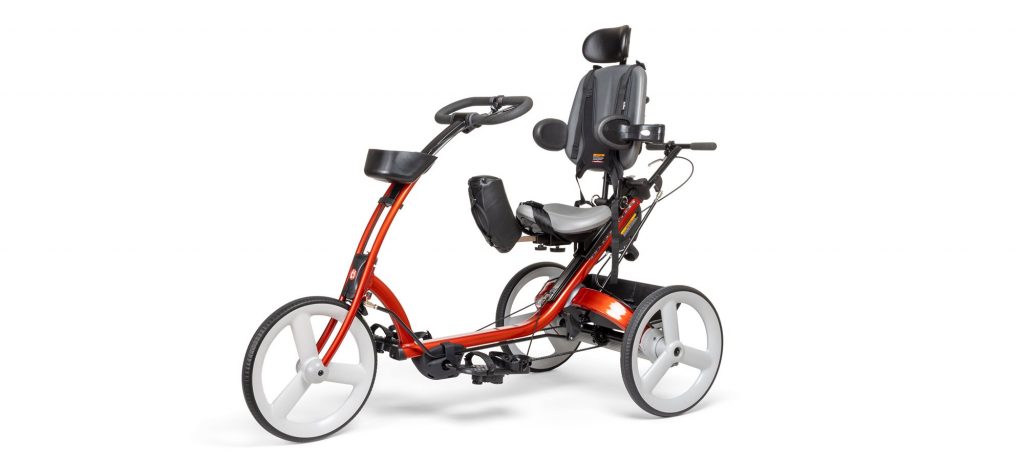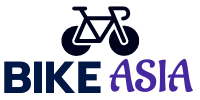Physical activity is essential for overall health and wellbeing, yet many individuals with disabilities experience a lack of access to appropriate activities. In response to this, NDIS-funded bike programs have emerged as an effective way to promote inclusivity and physical activity among those who are otherwise denied opportunities due to disability or other factors. This article will explore the benefits of such initiatives and how they are helping to create more inclusive communities across Australia.
Overview
The National Disability Insurance Scheme (NDIS) is a government-funded program that provides disability support services to Australians with permanent and significant disabilities. It has become a significant contributor to the growth of the Australian economy, with various investment opportunities emerging as a result. Its primary goal is to improve their quality of life by increasing access to appropriate support, resources, and opportunities for them to participate in a wide range of activities. The NDIS also helps people build the skills necessary for independent living and develop an inclusive community.
In recent years, the NDIS has enabled various bike programs across Australia that promote physical activity inclusion among persons with disability. These NDIS-funded bike programs provide people with disabilities the opportunity to ride bicycles safely and independently while encouraging participation in outdoor recreation activities within their communities. Through these programs, participants can gain confidence through cycling experiences as well as improved overall health due to increased physical activity levels.
Bike programs funded by the NDIS have been successful in promoting social interaction, independence, self-esteem, and physical fitness among individuals with disabilities who otherwise may not be able to enjoy such activities without assistance or specialized equipment. In addition, they are proving beneficial both socially and economically; as more individuals become involved in recreational activities they tend to engage better within their communities which often leads to greater job prospects and economic stability over time.
Benefits Of Cycling

The benefits of cycling are numerous and span physical, mental, environmental and social contexts. From a physical health standpoint, regular cycling can help improve balance, coordination and cardiovascular fitness. It also provides low-impact aerobic exercise that is accessible to many individuals regardless of age or ability level. This makes it an attractive form of physical activity for people with disabilities who may not be able to take part in more strenuous activities such as running or weightlifting. Additionally, research has shown that engaging in regular moderate intensity exercise like cycling can reduce the risk of various chronic diseases including obesity and type 2 diabetes.
Mentally speaking, cycling can provide effective stress relief through endorphin release which counteracts cortisol levels associated with anxiety and depression. Furthermore, being outdoors surrounded by nature has been proven to have positive effects on mood and wellbeing due to its calming properties along with providing opportunities for meaningful interaction with others at rides or events.
Cycling also offers environmental advantages over motorized transportation since it does not produce emissions or noise pollution while simultaneously serving as an efficient mode of transport for short journeys. Moreover, when combined with public transit options it reduces congestion on roads thus promoting sustainable urban mobility solutions
At its core, cycling is about connecting people from all walks of life – commuters getting around town; recreational cyclists seeking fun outdoor experiences; competitive athletes challenging themselves; families out together enjoying the sunshine… All these different types of riders come together in a shared passion for two wheels and reap the rewards that this inclusive pastime brings – improved physical health, greater mental clarity, reduced environmental impact and lasting social connections.
Impact On Inclusion And Well-Being
The implementation of NDIS-funded bike programs has had a positive impact in terms of promoting inclusion and physical activity. Cycling is an extremely popular form of exercise and recreation, making it ideal for people with disabilities who may be excluded from other forms of exercise or leisure activities due to their limitations. By providing disabled individuals with the opportunity to take part in this type of activity, these programs are able to promote both social integration and increased physical well-being.
Furthermore, cycling has been found to have significant health benefits such as improved cardiovascular fitness, lower blood pressure, better balance and coordination, improved bone density and reduced stress levels (Allred et al., 2017). These improvements can lead to greater independence among those with disabilities since they no longer need assistance when engaging in recreational activities. Additionally, being active can also contribute positively towards mental wellbeing by reducing anxiety levels and improving mood (Biddle & Fox 2000).
NDIS-funded bike programs thus provide a platform for individuals with disabilities to become more physically active while simultaneously fostering feelings of empowerment and self-esteem. The potential long-term impacts on overall wellbeing should not be underestimated; increased physical activity often leads to enhanced quality of life through increased participation in everyday activities such as work or education (Trost et al., 2002). Ultimately, these types of initiatives can make a real difference in terms of creating opportunities for meaningful engagement in society for those with limited mobility or ability impairments.
Challenges Faced By Participants

Participants of NDIS-funded bike programs may encounter a number of challenges in accessing and utilizing the program. Eligibility for NDIS funding can be complicated and time consuming to navigate, creating barriers for some potential participants. Additionally, access to appropriate bicycles is critical for participation yet many individuals are unable to afford or find suitable bikes. These issues create an unequal playing field when it comes to physical activity opportunities within these programs.
Inclusivity initiatives have been implemented by many organizations in order to address these concerns and provide more equitable access to physical activity experiences. In some cases, this has included on-site bicycle rental services as well as providing vouchers that cover the cost of purchasing a bicycle. This allows those who would otherwise not be able to participate due to financial constraints or transportation difficulties the ability to join in activities with their peers without having any additional logistical stressors. Other measures such as community outreach campaigns have also been employed in order to spread awareness about eligibility criteria and encourage people from all walks of life to take part in cycling activities regardless of their income level or social class.
These efforts have shown promise in allowing more people with disabilities the opportunity to engage safely and confidently with sports like cycling while experiencing improved overall health outcomes through increased levels of physical activity. As such, there has been a noticeable shift towards greater accessibility and inclusion among members of disadvantaged communities which should hopefully result in higher numbers taking advantage of these beneficial programs going forward.
Conclusion
It is clear that NDIS-funded bike programs are having a positive effect on inclusivity and physical activity. As demonstrated, cycling has many benefits for individuals of all abilities, providing not only physical exercise but also an opportunity to increase social inclusion. Through the provision of bikes tailored to individual needs, as well as training and support services, these programs are enabling participants to enjoy recreational activities with friends and family members.
In order to maximize success, it is important that initiatives consider the challenges faced by program users – such as access to appropriate infrastructure or lack of knowledge about cycle safety – when designing their services. By taking into account the specific needs of each participant and creating personalized plans accordingly, organizations can ensure they have a greater chance of making meaningful progress towards achieving their goals.
